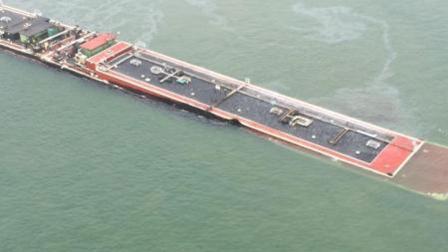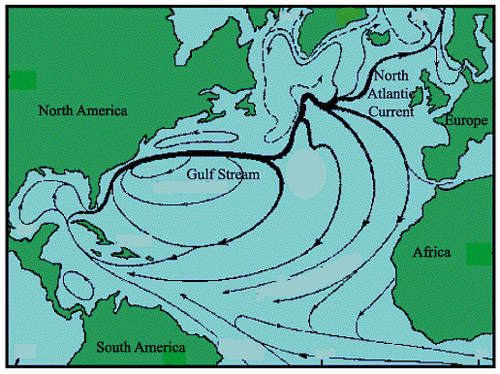
Take a look at this amazing picture, courtesy of James Morgan, Cunard Line.
It's a picture of the ship's captain standing on its bulbous bow. A bulbous bow decreases drag on the ship and achieves a higher fuel efficiency.
Here's the link to the article, which has some additional pictures:
http://twistedsifter.com/2014/04/standing-on-the-bulbous-bow-of-queen-mary-2/




